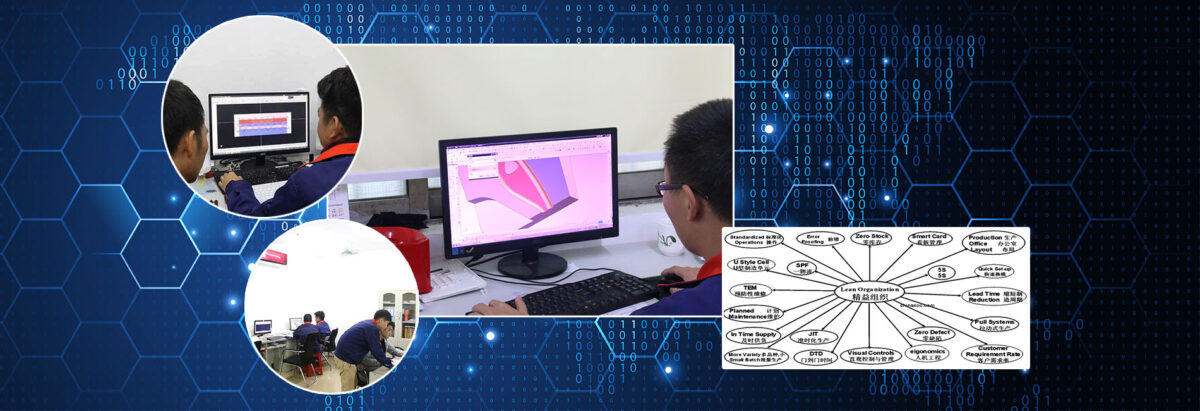elective laser sintering or SLS is one of the main industrial 3D printing processes and is increasingly being used not just for prototypes but also many production parts too.
The main advantage of SLS is the material, a tough nylon material which means you get rigid, durable parts usable in real-world applications.
There are other materials available, such as glass filled PA and also flexible TPU like materials and polypropylene.
SLS is a highly productive technology with little waste (lots of the unused powder is reusable) which gives a low cost per part. SLS is ideal for everything from prototyping to small batch or bridge manufacturing.
So how does it work? A high powered laser fuses a powdered material together building parts one layer at a time based on your 3D model. As with other additive manufacturing processes, this allows for very accurate parts and frees you up to experiment with complex geometries other processes would struggle to meet.
The parts are durable and functional and also offer high heat and chemical resistance. This makes them a great fit for many applications beyond prototyping.
Some of the industries utilising SLS parts for production are
- Aerospace and UAV
- Automotive
- Medical devices
- Electronics hardware
- Robotics and automation
- Connectors
SLS parts are also often used by many industries for investment casting patterns and jigs and fixtures.
There are a few drawbacks to SLS. The surface finish is quite rough and difficult, though not impossible to polish smooth. The parts are hard to paint well, but can be dyed. Any and all post processes mean increasing lead times and costs. Most of the materials are a white/grey color and as long as this works for you it is cheaper just to stick with it.
Another drawback with SLS is the resolution, due to the powder material and production process very fine details and holes are difficult to build and often feature such as text or logos can suffer if not designed large enough.
So how would getting a part made via SLS work? In China, the parts are generally quoted by weight instead of volume which is typical elsewhere. This is how it would go;
– Send the part to supplier
– They check the weight of the part using CAD software and send you a quote and lead time to print
– The model is positioned in the build chamber; this can be done manually but most printers come with software to assist
– Part is printed, often along with other parts to maximize builds
– There are no supports to remove but it might need cleaning and the excess material blown away
– QC, packed and shipped
This is a quick process and you can parts back in as little as a week, even from China.
About Start Prototyping 
Start Prototyping mainly supply our rapid prototyping service and plastic injection manufacturing for many 3D print companies in the world. Start Prototyping has been engaged in rapid prototyping about 10 years, helping too many designers to turn their ideas into reality. Most of the conceptual prototype of the design has been successfully put into the market and has achieved good benefits. Among them, the most representative metal prototype machining, plastic prototype machining, CNC aluminum machining, Low-Volume Manufacturing, processing technology including CNC machining, vacuum casting, rapid tooling, 3D printing and so on. We have the standard quality inspection process, which is completely in line with the customer’s industrial design. It’s a great honor to be a partner with you. Contact Info Contact:James Yuan Company:Start Prototyping Add:LongGang Village, LongXi Town, BoLuo County, HuiZhou City,GuangDong Province, China Tel:+86-13352636504 Email:[email protected] Web:http://www.startprototyping.com
